Recently I watched a few Ghibli films. Nothing new, but one of the the most appealing features of the great studio’s style, is the attention to detail in everything. The background plays as much of a part as any of the characters in those films, and I was looking to play a game with that same kind of style. Obviously Ni No Kuni would spring to mind when thinking of video games and Studio Ghibli, however I don’t actually own it. Therefore, I perused my collection and whittled it down to something from the Final Fantasy series. I have a few of those in my collection, and as good as the more recent iterations are, I wanted something to capture my imagination in the way the Studio Ghibli films do. It had to be one from the PlayStation era. Pre-rendered backgrounds, all richly detailed, accompanied by great music and characters, and a plot with more twists and turns than a soap opera. And to really capture that Ghibli feel, there needs to be some fantastical characters and creatures. What better to settle on than Final Fantasy IX?
Reissued last year on the PS4, and coming soon to Switch and Xbox One, it looks and sounds better than it ever did, even if some of the backgrounds are even more noticeably pre-rendered. This will be the third or fourth version I’ve owned of this game (soon to be 5th on the Switch!) and starting from the beginning again is just as fun as it was way back in the early 00’s. Final Fantasy IX is very highly regarded as one of the best games on the PS1, but came about at a time when the system was phasing out, as the Dreamcast and PS2 were starting to take over. However I must say I prefer VII and VIII, although that’s probably down to nostalgia more than anything, and to weigh up the big differences would be splitting hairs. But I digress, I’m not going to start comparing them as I only want to talk about IX. At the point the game was released, it boasted some of the best visuals the console could produce, and the game, like the eighth installment before it, was presented across 4 discs. And there’s a lot crammed in to those discs. It probably has the most complex story, and characters than any other game of its time, with the game opening as we’re already midway into the story that’s started without us.
The main character is a weird monkey/human hybrid called Zidane, who is part of a theatre group/band of theives called Tantalus, who travel the continent in their airship. The game opens as they are due to perform for Queen Brahne of Alexandria, and its citizens lucky enough to have a ticket. There is an ulterior motive however, and that’s to kidnap Brahne’s daughter, Garnet. In true theatrical style, it’s a success of sorts, as the Princess is kidnapped in the most farcical way, and it transpires that she may not have been all that unwilling. From here, in true rpg style, it’s less of a matter of getting from a to b, but rather going from a to Z, with every letter between being thoroughly covered as you try and get to what would have been a simple destination. The battle system remains the same as the previous Final Fantasy games, with the turn based combat still in favour. These can be quite grueling at times, especially the boss fights, but surely it’s part of the furniture by this point.
The weapon, magic and equipment side of the game is pretty different to the other FF games. The abilities you learn are done so by equipping a particular item to a character with whom they are compatible, and then using a certain number of allocated growth crystals. With these crystals equipped, the ability, depending on its type, will become a permanent fixture to that character when enough ability points have been earned. This mainly applies to character specific skills, such as black or white magic. There are some status effects of some abilities that only work when an ability crystal is allocated, and some abilities can only be used once all the ability points have been collected. These tend to be the characters Fury moves. This is when a gauge fills after being attacked so many times, you then use character specific moves. It ranges from devastating attacks, to healing your party. Get your equipment and abilities pinned down and you’ll soon be an unstoppable force. That is if you grind as well. As with all jrpgs, it’s full of random battles. These are great for getting your levels up, particularly in the earlier stages of the game, while you’re still finding your feet, as you never know when a tough boss battle will be around the corner. These are the real challenge, so it’s good to have a strategy. And a lot of experience points!
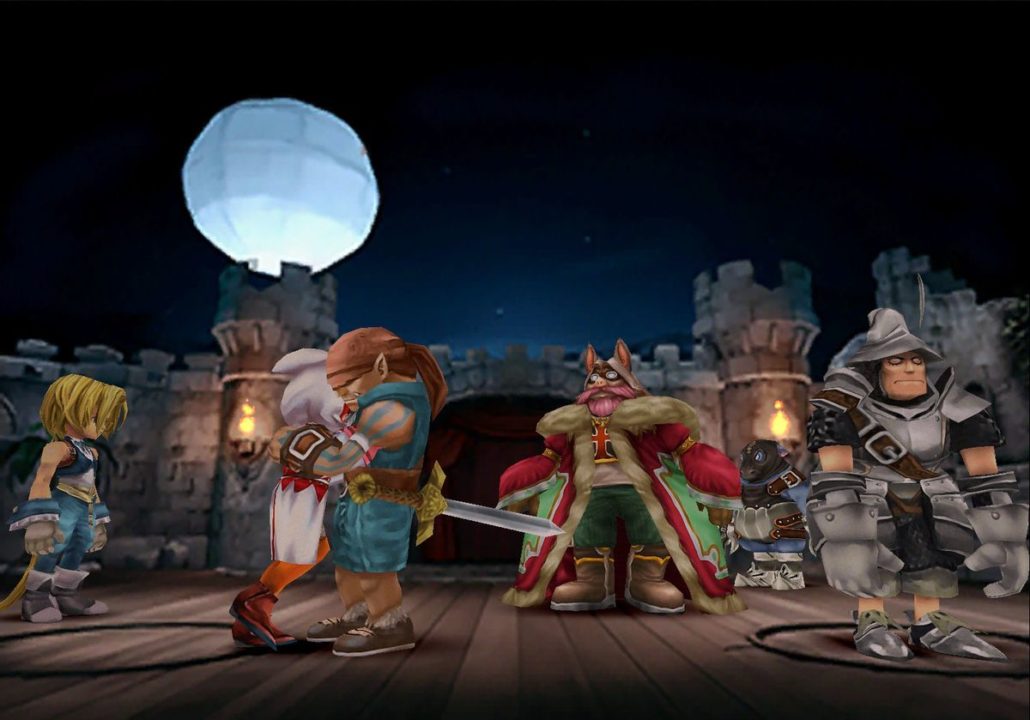
Final Fantasy IX was the last of the main series to incorporate an over world map. These are one of the games greatest features, but once the series had moved on to more powerful systems, it was abandoned in favour of the huge open world instead. Now I’m all too aware that were there no limitations back then, that the game would likely have gone in that direction as well, as a lot of features in the games that have since been left out of subsequent times are due to the platforms limitations of its time, but those overworld maps have a charm that haven’t been replicated since. The depictions of towns and areas on the different continents are always a delight to behold, as well as the different methods of transport you acquire throughout the game. Not to mention they are always great to get a little bit more level grinding done, too.
One of the series’ highlights at the time was the FMV’s, and there’s plenty of them here, looking and sounding as sharp as they ever have. They are great to watch, and don’t drag on, unlike some games from that era (yes, Metal Gear, I’m looking at you). They come as a welcome break in the game play at times, especially if you’ve just had a big boss fight, or a big dialogue heavy section. Nobuo Uematsu returns once again to scoring duties on the game. Where as the previous two games had more electronic and cinematic scores, Final Fantasy IX sounds much more in line with traditional classical music, and the theme tune in particular sounding like something straight out of 17th century England.
HD character models aside, the game is virtually the same as what was released on the PS1 way back when. That is, other than the modifiers that have been added to make it easier to get through the game. You can activate maxed out stats and levels, as well as increasing the speed of the game. This may be all well and good, but you lose what makes these games so good, and if you’re not going to be challenged, then you will likely find it getting very dull, very quickly. To this day, it remains as one of the greatest JRPG’s, and the fact it’s now so widely available should be the perfect opportunity for fans of the genre to play this masterpiece, or if you just want to experience it again. Let’s just hope we see Final Fantasy VIII get the same treatment, as VII and IX It’s just plain silly that it seems to have been forgotten about.


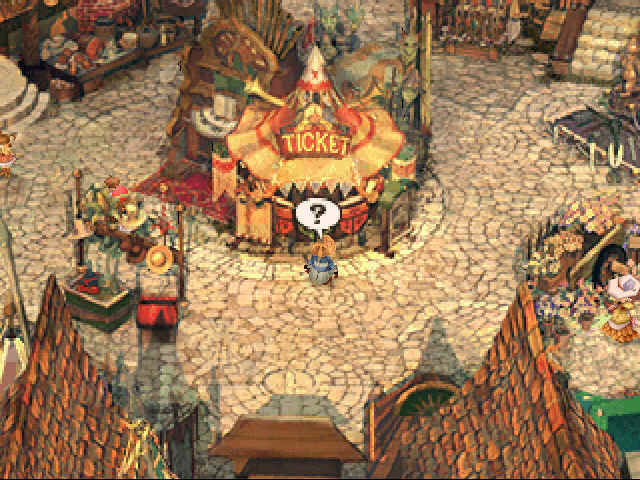

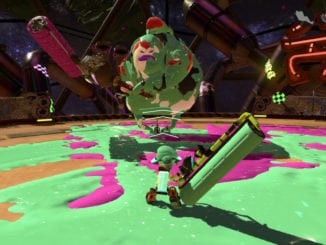
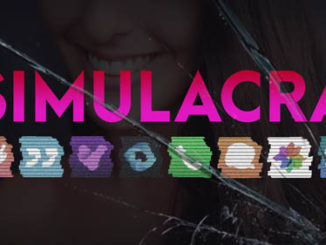
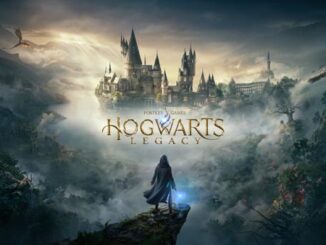
Be the first to comment